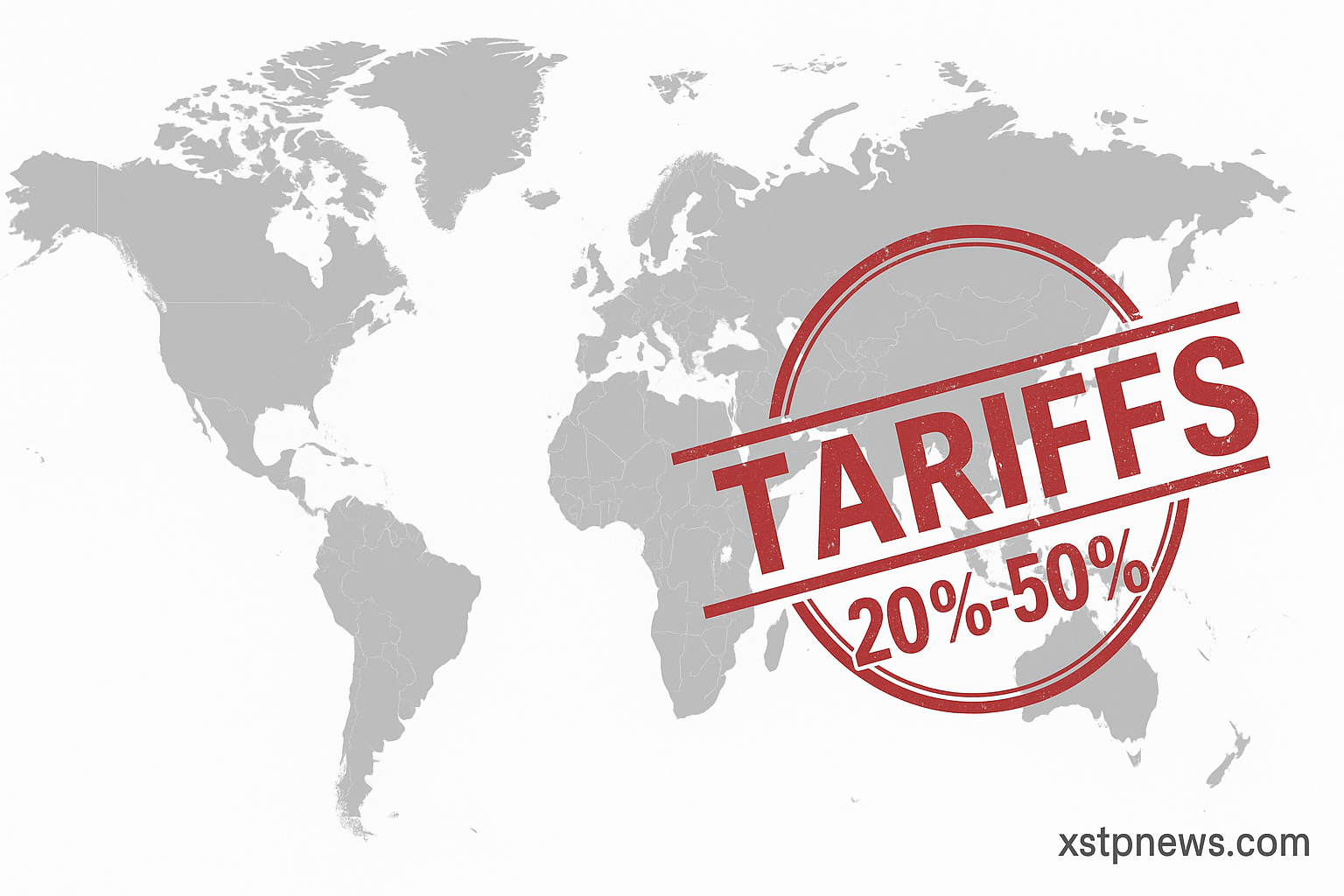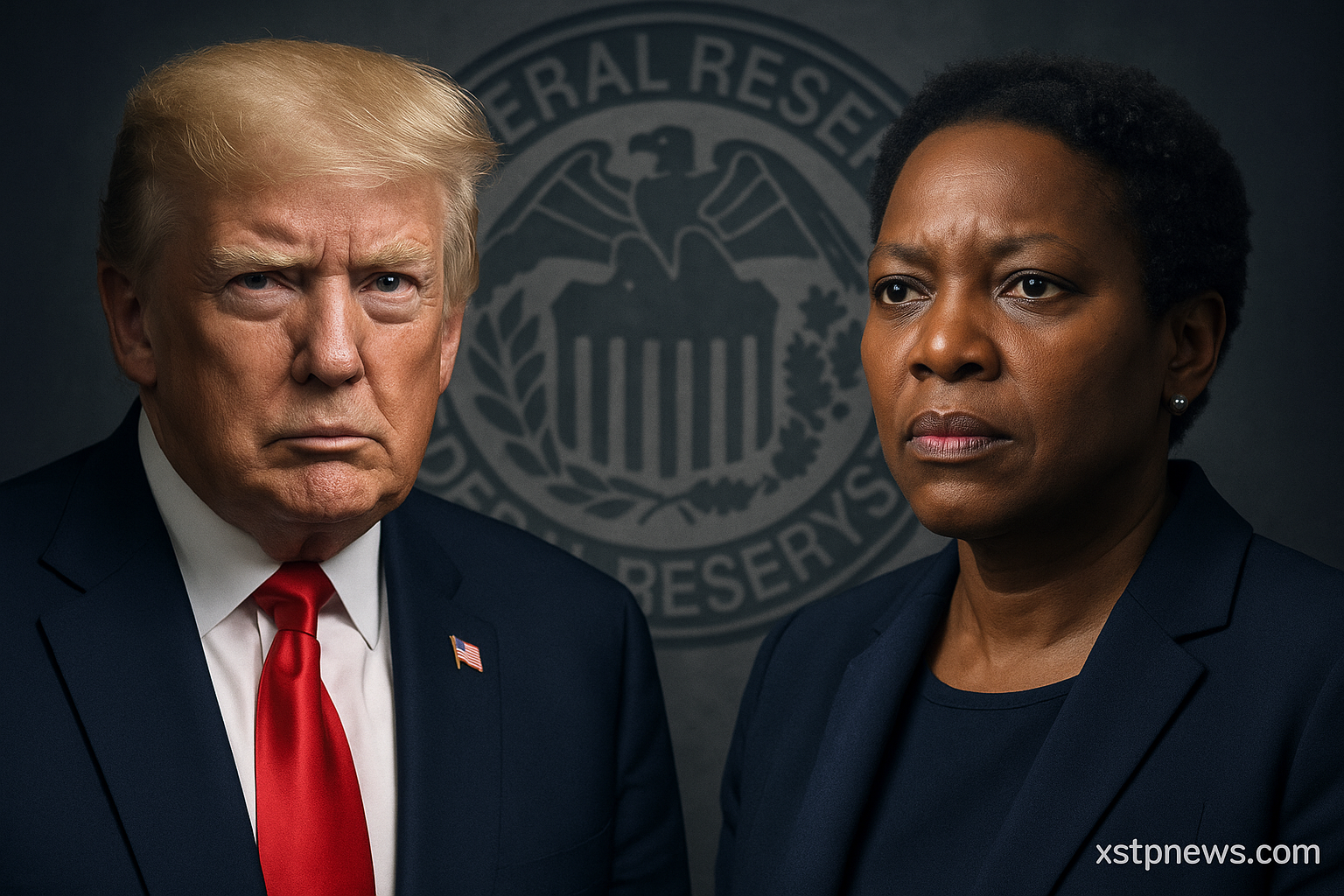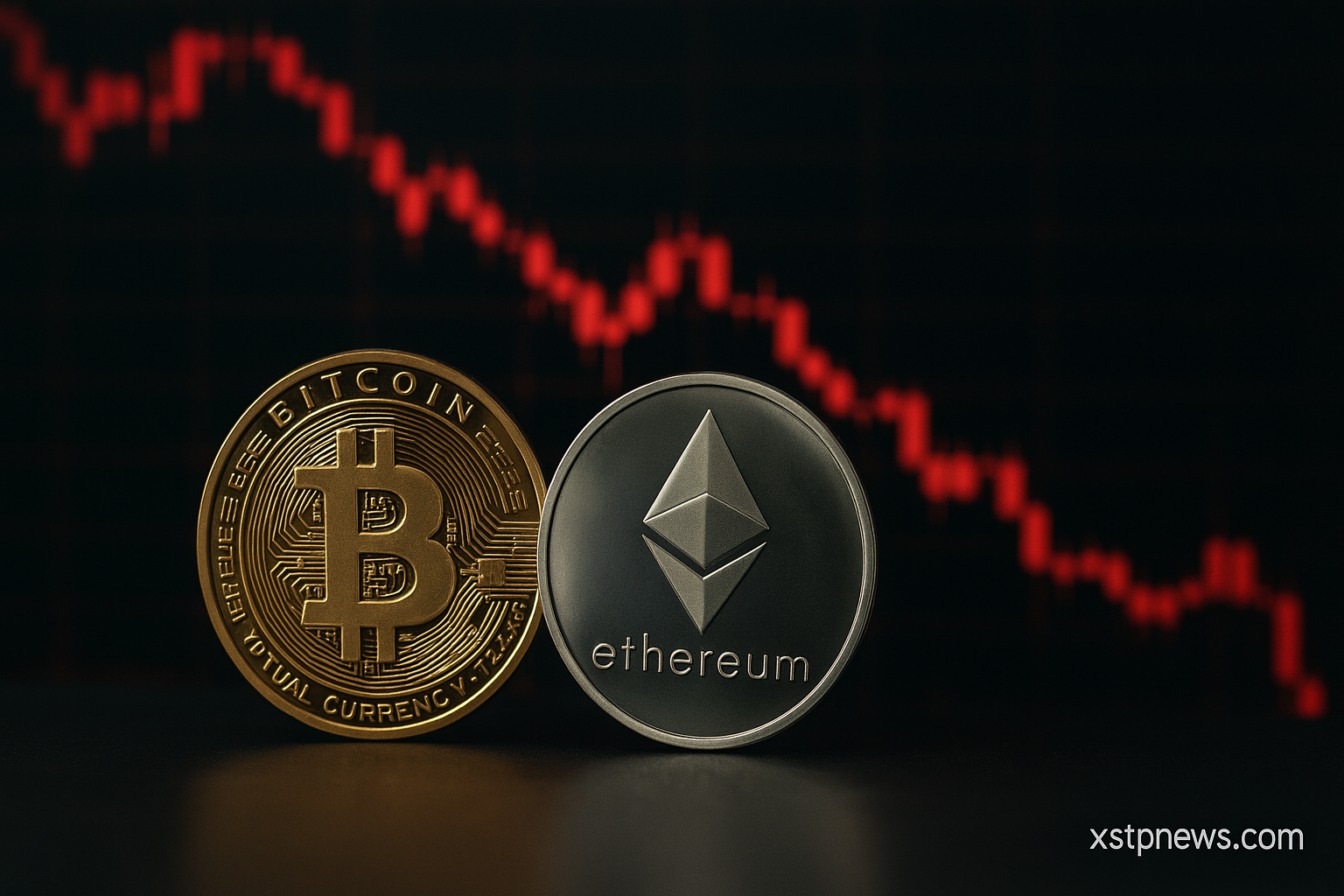President Donald Trump is reshaping global trade with sweeping tariffs, targeting 22 countries across multiple continents. With rates reaching as high as 50%, the move signals a dramatic escalation of protectionist policy, sparking fears of retaliatory measures and market disruptions.
Who faces new tariffs?
The list of impacted nations stretches from major economic blocs to smaller emerging markets. Official notices issued this week outlined tariff rates ranging from 20% to 50%, set to take effect on August 1.
Here’s a snapshot of the newly announced duties:
- European Union: 30%
- Canada: 35%
- Mexico: 30%
- Brazil: 50%
- South Africa: 30%
- South Korea: 25%
- Japan: 25%
- Malaysia: 25%
- Thailand: 36%
- Indonesia: 32%
- Philippines: 20%
- Cambodia: 36%
- Bangladesh: 35%
- Sri Lanka: 30%
- Myanmar: 40%
- Laos: 40%
- Kazakhstan: 25%
- Moldova: 25%
- Bosnia & Herzegovina: 30%
- Serbia: 35%
- Tunisia: 25%
- Algeria: 30%
- Libya: 30%
- Iraq: 30%
- Brunei: 25%
The sectors under fire
While these tariffs apply broadly, the heaviest impacts are expected in key industries:
- Automotive and parts, notably affecting EU, Japan, Korea and Mexico.
- Steel, aluminum and copper, with global suppliers like Brazil and South Africa in the crosshairs.
- Textiles and apparel, particularly from Bangladesh, Cambodia and Sri Lanka.
- Agriculture and beverages, tied to EU, Mexico and Brazil exports.
Major brands from Walmart to Volkswagen have already warned of inevitable price hikes, increasing pressure on American consumers.
Who avoided the new duties?
Interestingly, some of the world’s largest economies and strategic partners escaped this new tariff wave. Not on the list are:
- China, still operating under previous trade arrangements and separate tech reviews.
- India, maintaining agricultural ties with the U.S.
- Russia, facing financial sanctions but not new import duties.
- United Kingdom, post-Brexit trade relations intact.
- Saudi Arabia and UAE, critical energy partners.
- Australia and New Zealand, untouched amid ongoing defense and resource cooperation.
Potential consequences
Economists caution that this aggressive tariff stance could ignite a global trade backlash, triggering reciprocal tariffs, slowing supply chains, and injecting volatility into stock and currency markets. The full extent may only surface in third-quarter earnings and consumer inflation data.
Meanwhile, several governments are preparing diplomatic missions to Washington in hopes of negotiating exemptions before the August implementation.







